Mechanical Ecology
Automated respiration chambers was a project I operated at the Ecosystems Center at the Marine Biological Lab (Principal Investigator, Dr. Jianwu Tang) in Woods Hole, MA, and deployed at Harvard Forest, Petersham, MA. The chambers take 24-hour, year-long measurements of CO2 and O2 being respired from forest soils and “stems,” better known as tree trunks. The two combine to form one of the largest natural Carbon sinks and sources on the planet, both storing (spring and summer) and releasing (fall and winter) 20% of the Earth’s carbon over the course of a year.
For a full brief of the system's results, see my lab group's publication: K. Savage, E.A. Davidson, and J. Tang. 2012. Diel patterns of autotrophic and heterotrophic respiration among phenological stages. Global Change Biology 19 (2012): 1151–1159.
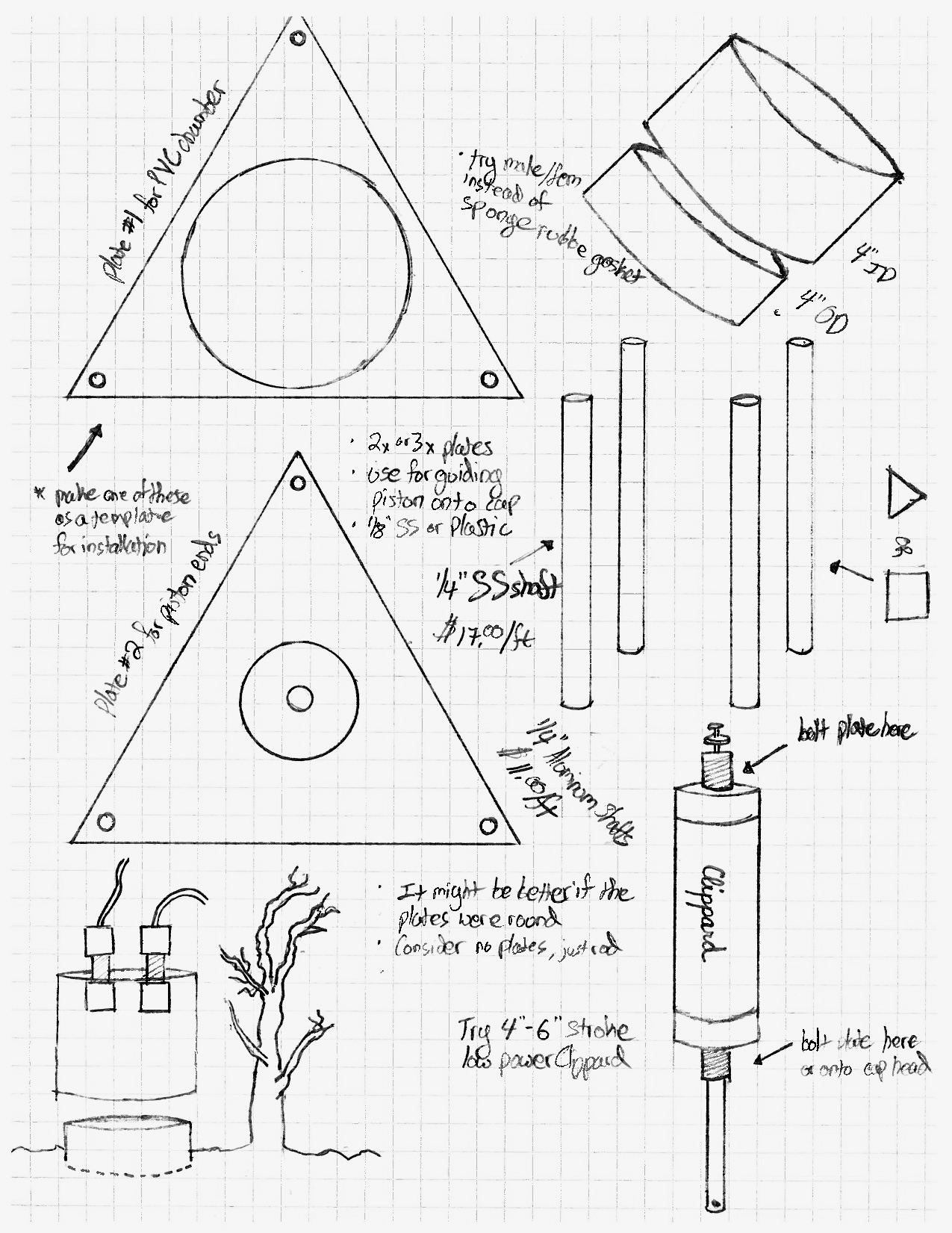
A New Instrument
Understanding this carbon storage and release flux (e.g. its rate, its causes, its inhibitors), is an essential part of deciphering the problem of climate change. Anthropomorphic carbon pollution can only be fully understood in the context of naturally occuring carbon economies. Carbon atoms are regularly and predictably being traded across flora, soil bacteria, and atmosphere. I made the chamber system to add more resolution to this ecological picture.
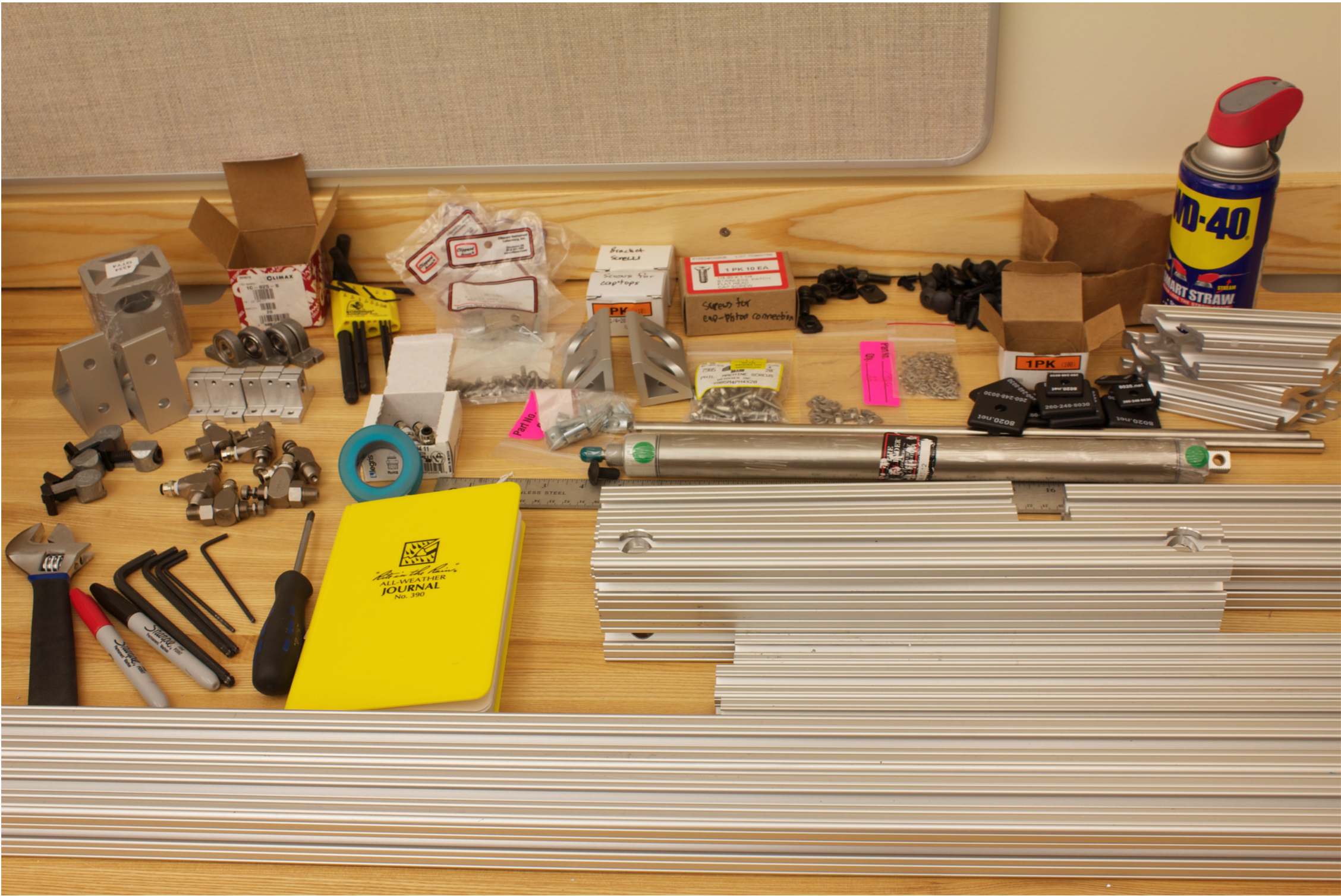
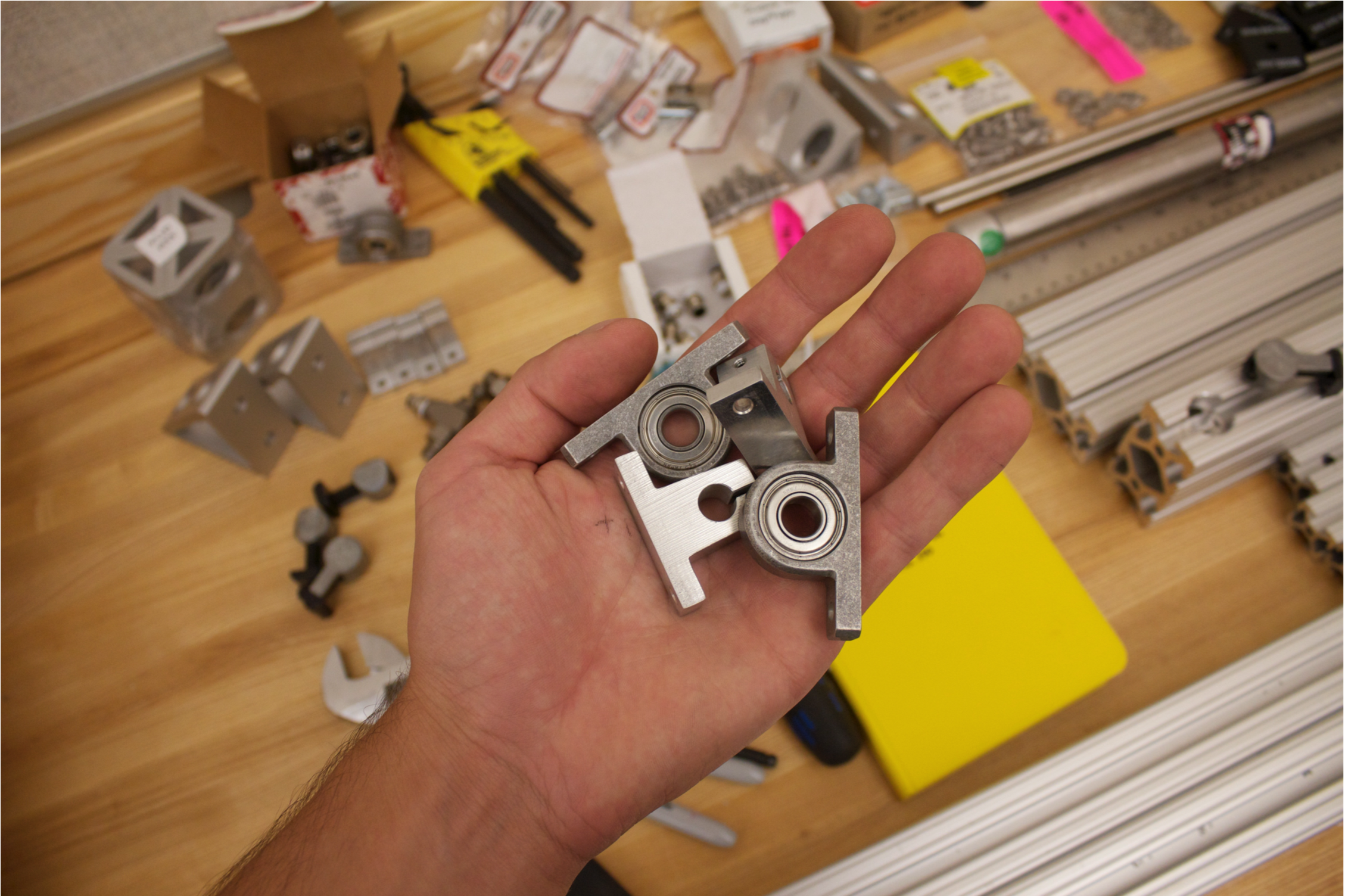
Until recently, ecologists have measured terrerstrial carbon exchange by way of manual measurements, lugging Ghostbuster-like packs of Li-Cor instrumentation through the field. But this instrumentation limited our data sets on carbon flux. We couldn’t answer questions like, what did carbon flux patterns look like at night? Or, how did carbon flux respond after big snow storms and rain events?
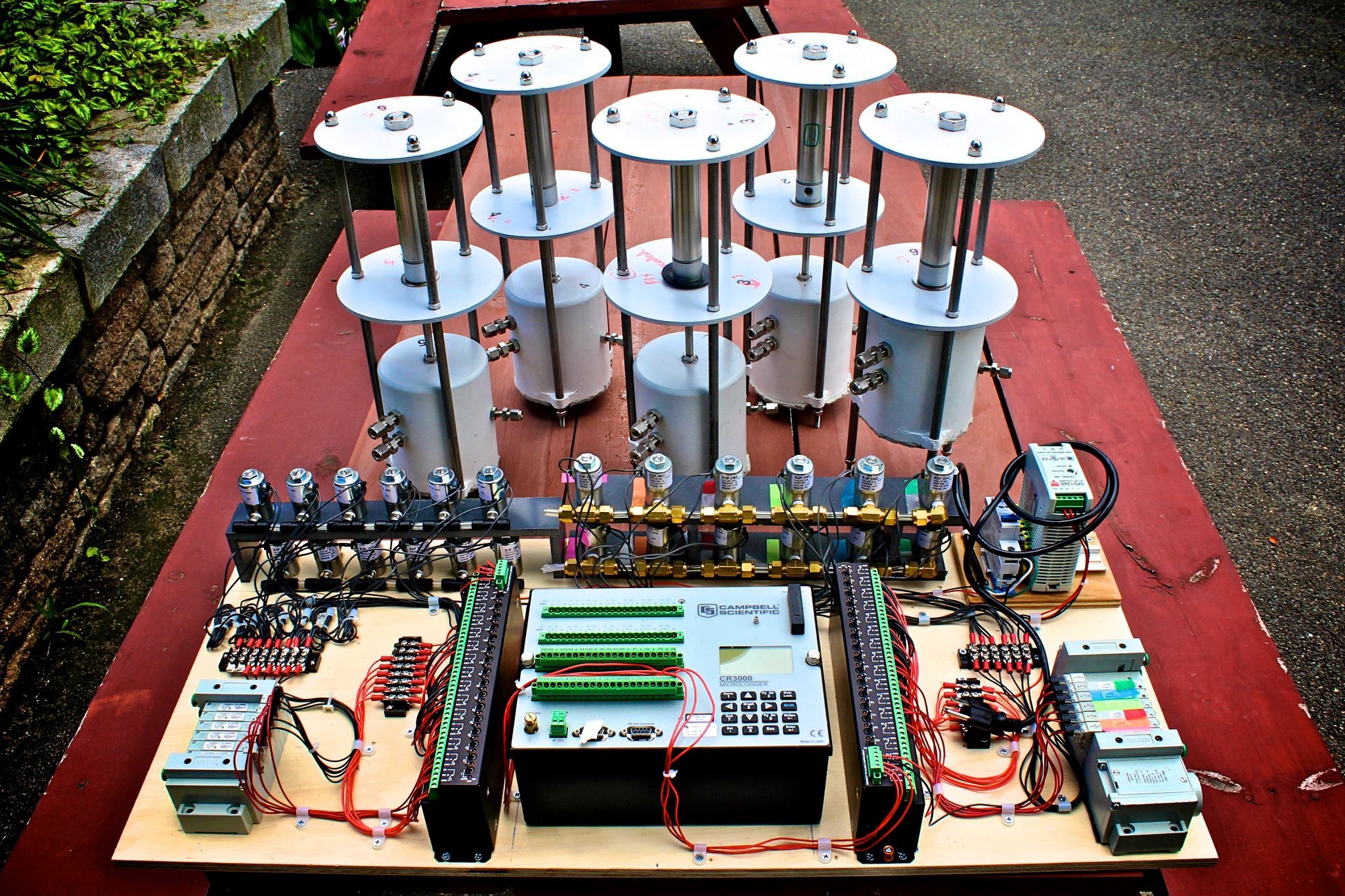
Design & Fabrication
The task was to automate this measurement collection process. The end product was a set of six clamshell robots attached to discrete plots of soil, and six retracting robots strapped to neighboring maple and fir trees.
The chambers are pneumatically actuated. With their caps already pulling and pushing gas samples, air-driven pistons were surely the best solution for mechanical control. From there the logic of the system came down to timing a simple matrix of 24 solenoid valves. I wrote my first, and most crude, code––C++ running on a Campbell Scientific datalogger system. It was crude, but it worked. I would post it here but the internet might turn to stone.
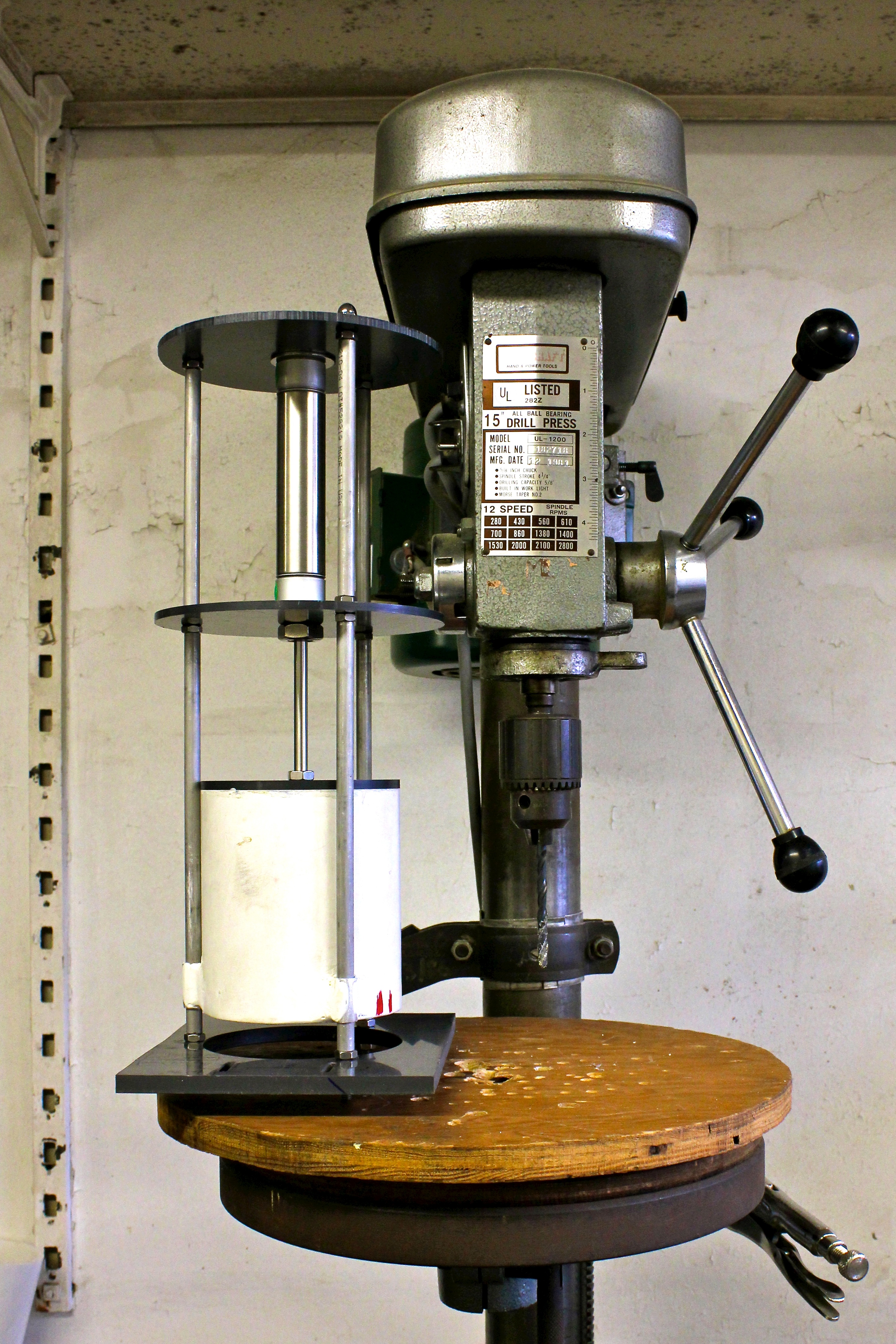

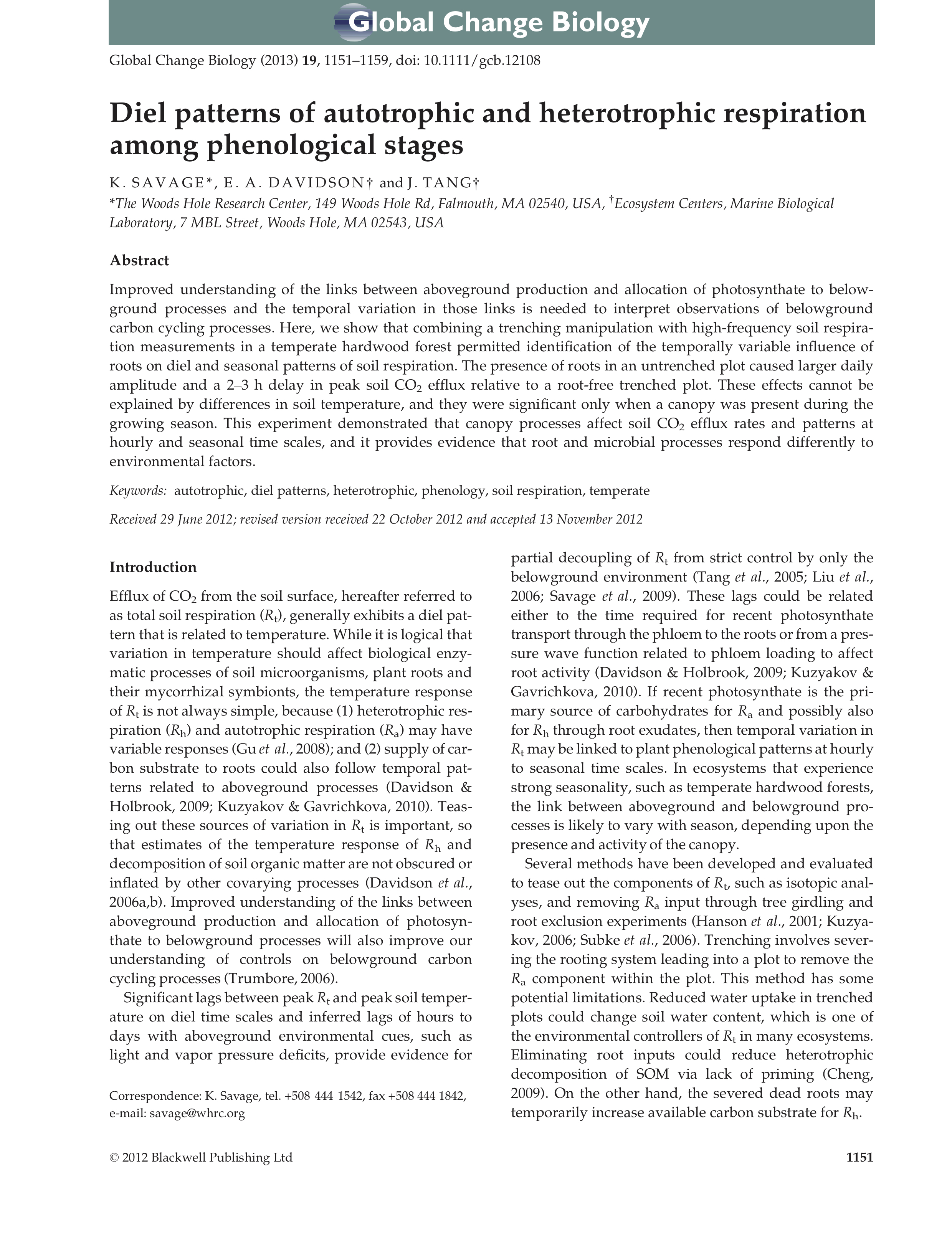
A New Field
In order to isolate soil bacteria from tree root carbon sourcs, I dug a circular trench around half of the chambers in the experiment plot. The trench was 10 meters in circumference, a half meter wide, and one meter deep. It took me two weeks. In July. That’s the middle of summer here, for anyone reading this in Brazil. It was right around then that I knew I wanted to be more a designer and engineer than an ecologist.